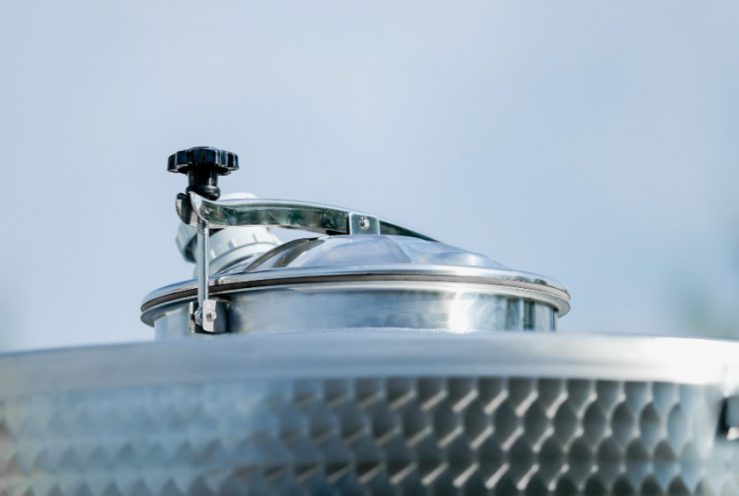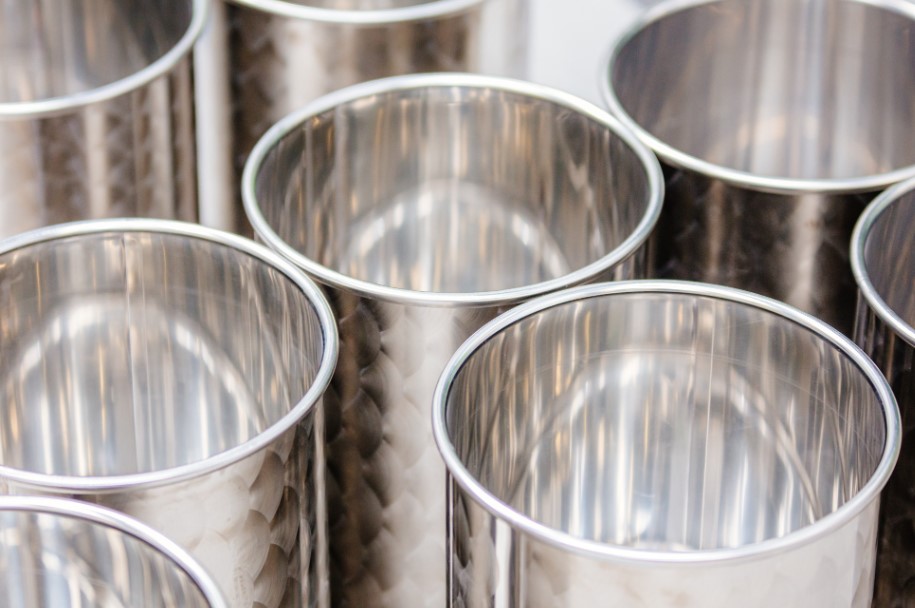The Art of Fermentation – Transforming Must into Wine

The fermentation process is a critical stage that transforms grape must into wine through the metabolic activity of yeast, converting sugar into alcohol and CO2. Understanding the nuances of fermentation is essential for winemakers seeking to achieve specific characteristics in their wines, and it involves carefully managing temperature and duration.

Table of Contents:
Tailoring Fermentation Conditions for Red, White, and Rosé Wines
Different styles of wine require distinct fermentation conditions. Red wines typically undergo fermentation for 1-2 weeks at temperatures ranging from 50–86°F, while white and rosé wines have a longer fermentation period of 2-4 weeks at slightly cooler temperatures of 50–68°F. The choice of fermentation duration and temperature significantly influences the final flavor profile and aromatic complexity of the wine.
Vessel Selection: Stainless Steel, Concrete, or Wood
The vessels used for fermentation play a crucial role in shaping the characteristics of the resulting wine. Stainless steel, lined concrete, and wood vats are common choices. However, each material comes with its own set of advantages and considerations. The decision between them hinges on factors like temperature control, micro-oxygenation, and the desired style of the finished wine.
Stainless Steel Tanks: Clean Aromas and Precise Temperature Control
Winemakers opting for stainless steel wine tanks prioritize clean, fresh aromas and flavors in their wines. These tanks require temperature-controlled systems to ensure a controlled and consistent fermentation process. The use of stainless steel is particularly beneficial in preserving the delicate nuances of the grape varietals.
Concrete Tanks: Soft Micro-Oxygenation for Plush Wines
Concrete tanks offer excellent heat retention and consistent temperature control during fermentation. The unique characteristic of concrete lies in its ability to allow soft micro-oxygenation, resulting in wines with a soft, round, and plush texture. This makes concrete an appealing choice for winemakers aiming to enhance the overall mouthfeel of their wines.
Wood Vats: Harnessing the Power of Wild Yeasts for Complexity
Wood vats, while having good heat retention and enabling soft micro-oxygenation, bring an additional dimension to winemaking. They possess the unique ability to maintain wild yeasts, contributing to the production of aromatic, complex, and profound wines. Winemakers choosing wood vats prioritize the development of distinct and layered flavor profiles in their wines.
Preserving Freshness in an Airtight Environment
Stainless steel wine tanks excel in the preservation of freshness, providing an airtight environment that minimizes oxygen exposure during the aging process. This meticulous control over oxygen levels contributes to retaining the wine’s freshness, vibrant fruit flavors, and natural acidity.
Neutral Influence for True Expression
A key advantage of stainless steel tanks lies in their neutral influence on the wine. Unlike oak barrels, these tanks do not impart any additional flavors or aromas. This neutrality allows for the true expression of the grape varietal and ensures that the winemaker’s intended style takes center stage, unhindered by external influences.
Easy Maintenance and Sanitation
The practicality of stainless steel extends to its ease of maintenance and sanitation. The tanks’ smooth interior surfaces and rounded corners minimize the risk of bacterial growth, facilitating efficient cleaning processes. This feature enhances overall hygiene, a crucial aspect in the production of high-quality wines.
Cost-Effectiveness and Longevity
Stainless steel tanks offer a cost-effective alternative to traditional oak barrels. With a longer lifespan and lower maintenance requirements, they prove to be a wise investment for winemakers. Additionally, spare fitting valves and other essential wine keg parts are readily available online, contributing to cost-effectiveness and convenience.
Versatility for Winemaking Innovation
The neutral environment provided by stainless steel tanks opens doors to winemaking experimentation. Winemakers can explore various techniques and fermentation processes, showcasing the tanks’ versatility. This adaptability empowers winemakers to push boundaries and innovate, leading to a diverse range of wine styles and expressions.








